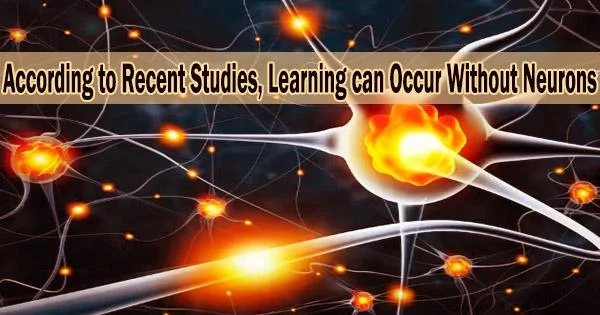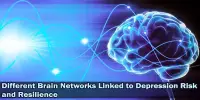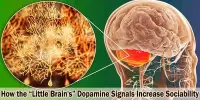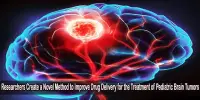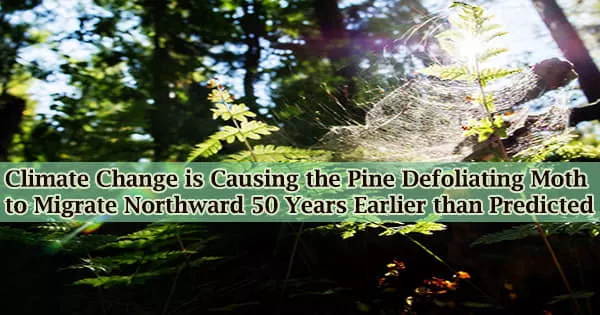There is some recent research that suggests that learning can take place in systems that do not involve neurons, such as in artificial neural networks or other non-biological systems. Some long-accepted truths about the brain have a way of eventually being proven false.
For instance, contrary to conventional assumptions, adult and growing brains both experience neurogenesis, or the development of new neurons. And contrary to what was previously believed, drinking alcohol does not seem to cause the death of brain cells. Finally, neuroimaging research demonstrates that humans employ far more than 10% of our brains.
However, there is one unshakeable “truth” that has never been contested: learning only happens in neurons, specifically through consistent alterations in the synaptic connections between various neurons.
The intriguing idea that learning can occur without neurons comes not from the animal world (which includes humans), but from the plant kingdom.
Non-neuronal learning
Monica Gagliano and colleagues at the University of Western Australia, writing in the prestigious journal, Nature, demonstrated that associative learning occurs in organisms completely devoid of neurons, ordinary garden peas.
In Gagliano et al.’s study, garden peas were trained in a Y maze, where a conditioned stimulus (CS) in the form of a fan that stimulated the pea’s mechanoreceptors was paired with an unconditioned stimulus (US), illumination with blue light (which stimulates plant chromophore photoreceptors).
Plant seedlings typically demonstrate an intrinsic unconditioned response (UR) to the presence of light, where the seedlings move in the direction of the light source through a well-researched phenomenon known as phototropism.
But by pairing the CS with the US over a three-day period, the researchers induced most of the plants in the experimental group (random controls received no CS/US pairing) grew towards the arm in the Y maze where CS and US had been paired, even when light was present in the other arm of the maze during “non-training” periods (in other words, during normal daylight).
These findings demonstrate that associative learning can occur outside of neurons (as plants have no neurons) for the first time. Although they did not specify any particular processes, the authors hypothesized that acquired associations in plants are encoded in enduring “epigenetic” modifications in signaling among many molecules and cells in plants.
Do these discoveries have any bearing on human learning and memory, despite the fact that they challenge our preconceived notions about how learning works and make for interesting trivia at cocktail parties?
In my opinion, yes.
I say this because nature is extremely elegant, using and re-using the same principles across all living organisms, whether those organisms be bacteria, archaea, plants, animals, or even viruses. Genetic inheritance via DNA/RNA is common in all life forms, as is phenotypic expression via turning on and off of genes.
Chemical signaling among all living cells, whether hormonal, pheromonal, neurochemical, or immunological primarily occurs through stereo-chemistry and conformational states (i.e., the relative shapes of signaling molecules and corresponding cellular chemoreceptors).
Given that life first appeared on Earth 3.7 billion years ago, the ancestors of humans and bananas were almost identical for 2.7 billion years. Plants and animals shared similar ancestors until a billion years ago. That’s why, today, there is a 60 percent overlap in human and banana genes.
Therefore, it is completely plausible to assume that some forms of learning in animals and humans also take place outside the neural system, just as they do in pea plants, given nature’s approach of using what works in one organism across many other organisms.
Possible support for this idea can be found in Gagliano et al.’s finding that associative learning in plants exhibits a feature also found in both animal and human learning, specifically, that organisms, whether they be plants, animals, or humans, learn better during the daylight portion of their circadian cycle than at night.
The shared significance of biorhythms in the formation of new memories may be an example of convergent evolution (it evolved separately in plants and animals in response to a shared environment), but it may also be a trait that both plants and humans shared with their common ancestors during the 2.7 billion years those ancestors were exposed to daily cycles of light and dark.
The concept that both plant and human learning may have non-neuronal components opens up a whole new area of neuroscience, may deepen our understanding of memory and learning, and may even result in new therapies for diseases of learning and memory.
It’s crucial that we remain humble in the face of nature’s incredible complexity and have an open mind to such possibilities. The comedian Will Rogers summed up why keeping an open mind is so crucial when he observed, “It’s not so much what we don’t know that hurts us, but what we do know that ain’t so!”
